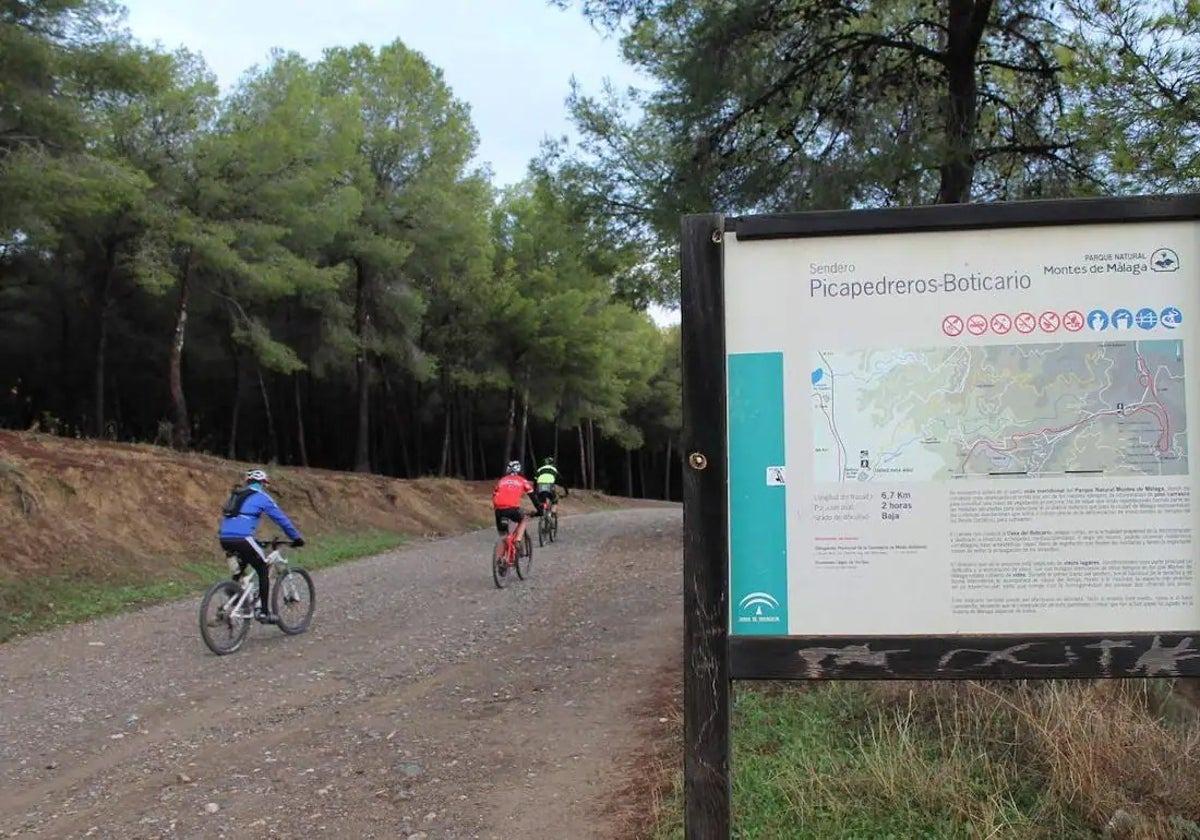What not to miss in the Montes de Málaga natural park
Beyond the nearby eateries, this protected parkland, which has now gained even further protection for its conservation, has hiking trails, scenic viewpoints, recreational areas and even old water mines to discover
Few provincial capitals in Spain can boast of having a protected area of such ecological value within their municipal boundaries. Although it is one of the smallest natural parks in Andalucía, the city of Malaga, together with Casabermeja and Colmenar, has the natural park of Los Montes, a real green lung thanks to the reforestation carried out less than a century ago.
This March the Junta de Andalucía has taken a further step to enhance and further protect this parkland by officially declaring it as a 'site of community importance' (SCI, a LIC in Spanish) for being a 'special area of conservation' (SAC, a ZEC in Spanish). This means that this enclave is now fully integrated into the European Ecological Network Natura 2000, in recognition of its high environmental value and the need to guarantee its long-term preservation.
Today this area has many attractions. In addition to the venta-style restaurants beside the old road to Colmenar, there are many places and trails within its almost five thousand hectares of land that are very interesting to visit as a day out. These are some of the most important ones:
Viewpoints

Thanks to its altitude above sea level and its location close to the sea, this protected area has numerous places to enjoy wide panoramic views both of the coast to the south, and then inland to the north, east or west. Among these places, some viewpoints with access via a hiking trail are those of El Cochino, Pocopán or those named after Martínez Falero and Vázquez Sell, two forestry engineers who were fundamental to the reforestation that took place here less than a century ago. Still, there are many more. In fact, one of the best known in recent years is the one that has been christened the Unity viewpoint, located on Matanza hill. It is relatively easy to get there via a path that starts from the vicinity of the Venta El Detalle. After passing by the Umbría bridge, you come to a viewpoint built by volunteers with such curious elements as a compass in the shape of a rose and a tetrahedron-shaped construction with mosaics that allude to peace, cooperation and love. Other viewpoints in the surrounding area or in the natural park itself are those of El Palomar and the 360-degree viewpoint of Cerro Mallén, from which you can see the town of Casabermeja perfectly below your feet.
Summits

The altitude of Los Montes is not excessive, as at the highest points it barely exceeds 1,000 metres. Despite this, it has several important summits. Today not all of them have signposted trails, but they do have easy-to-follow paths. Among these peaks, the highest, above 1,000 metres, are the Cresta de la Reina, Santo Pítar, Cerro Cuéllar and El Viento peak, among others.
Hiking trails
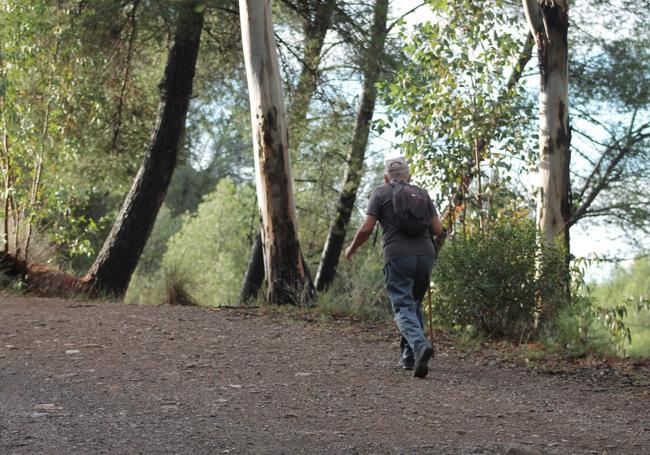
Although there are many paths throughout this protected area, not all of them are signposted and approved trails, which are the ones that offer safety and guidance for a safe hike. Among these official itineraries are the one from the Pocopán viewpoint, the one from El Cerrado to the El Cochino viewpoint, the one from Torrijos and the one from Umbría de Contadoras. There are also some lesser-known routes, such as the one that links Casabermeja with the natural park via Mallén hill. There are also trails specially designed for mountain bikes. One of them is between Picapedreros and El Boticario and the other goes as far as the Contreras wine press.
Recreational areas

There are currently two recreational areas in the Montes de Málaga natural park. In the heart of this protected area, opposite the Humaina hotel, is the El Cerrado recreation area, kitted out with barbecues, tables and other elements for a full day out in the countryside. Further north you can access the Torrijos recreational area, with more space than the previous one. In both cases, you can make a fire for cooking in the period stipulated by the authorities (normally between mid-October and May).
Lagar de Torrijos eco-museum
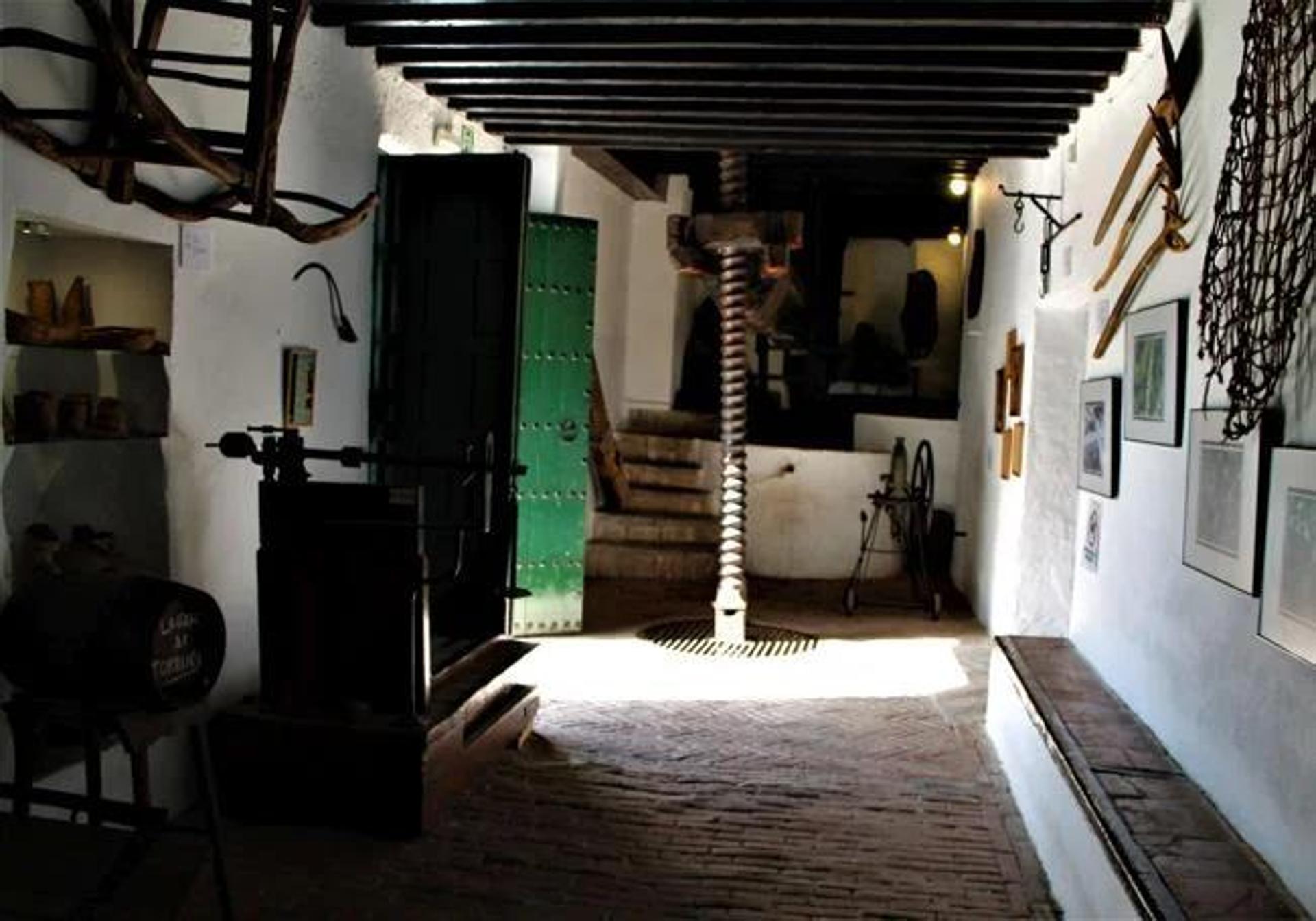
Among the most emblematic corners of this protected area is the Lagar de Torrijos eco-museum, which was built in the mid-19th century, located next to a large recreational area and one of the aforementioned hiking trails. This ethnographic space is ideal for learning about the history of this natural park, linked throughout its history to the most traditional forms of agriculture in the area. You can expect to see beams and presses that were necessary for the production of wine and olive oil, and even ovens for making bread. It is by no means the only wine press or farmhouse that can be found within this green lung of Malaga city, which treasures so much natural, historical and ethnographic heritage within its borders. Next to the old wine press there is a recreational area of the same name, as well as a small, approved footpath.
Las Contadoras nature classroom
In the heart of the Montes de Málaga, you can visit this nature classroom, very much oriented towards environmental education. Located in a restored 18th century building, there you can do different activities related to the environment. It has well-equipped facilities, ranging from a multi-sports court and a swimming pool to a nocturnal observatory of the local fauna as well as a botanical garden. To get there, take the Fuente de la Reina turnoff and then take a path that leads directly to the nature classroom. To enjoy the activities that take place there you have to book the facilities or book in advance for a place in one of the advertised workshops.
Old water mines and springs
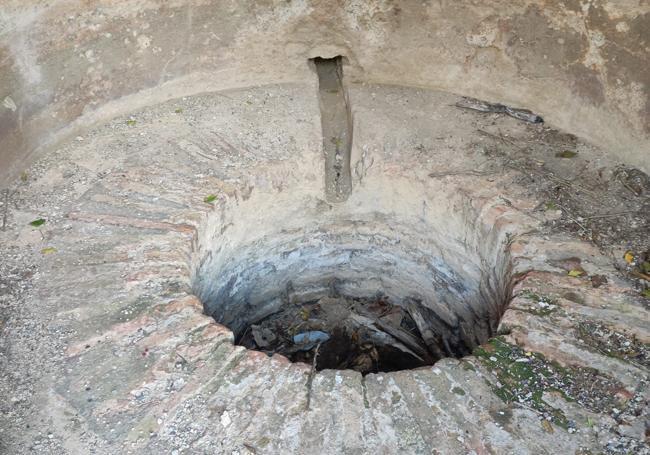
Although there was also mineral extraction at one time in what is now known as the Montes de Málaga, in this case the term refers to the system of water extraction that has traditionally been carried out in the area. The agricultural past of this protected area led to the creation of unique water supplies to guarantee water supply. Thus, today there are hundreds of markers between underground springs and the mines through which the liquid element was extracted. Today, many of them can be easily seen on some of the hiking routes or near well-known enclaves. Among them are those of Las Contadoras, the Don Ventura stream, Camino de la Encina, the Zara winepress and El Corcel. These mines are not to be confused with the mines that extracted minerals in the area in past centuries. Of these there is a long list of pillars, springs and fountains, the most iconic being that of La Reina. Its name, which has been documented for centuries, has given rise to the legend that suggests that Isabella the Catholic drank water from it before taking back Malaga. However, what is more credible today is that the word 'reina' comes from Arabic, from words such as Rayyana or Rayya.
Rivers and streams
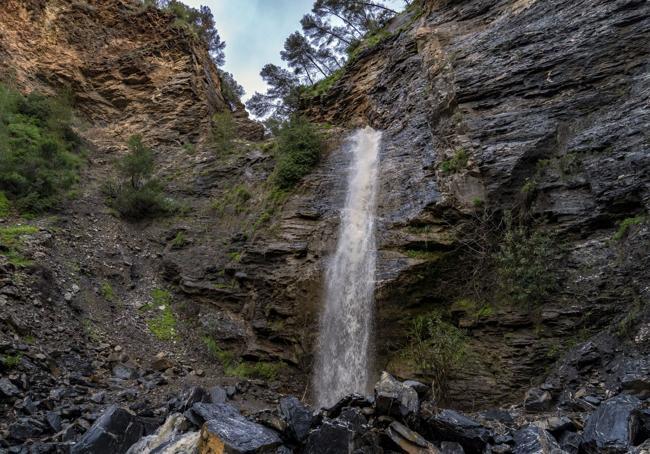
The Montes de Málaga natural park is not so well known for its rivers and streams, but it should be noted that many of those that rise there flow into the Guadalmedina. They are very seasonal and depend especially on rainfall, but can be spectacular after recent rains. In the area of Picapedreros, for example, many locals come to see the waterfall over the Don Ventura stream after heavy rainfall. Among the most important rivers and streams are Chaperas, Humaina, De las Vacas, Hondo (also called Don Ventura), De los Frailes and Vizcaínas. We must not forget the importance of the Guadalmedina for the fauna in this area.
Old wine presses and farmhouses
Thanks to its agricultural past, there are still numerous remains of farmhouses and wine presses in this protected area. Before the current forest mass with which these hills were reforested to prevent erosion and flooding from the Guadalmedina, the area was devoted to agriculture. Its best known facet was that of a large vineyard, which, like other areas of Spain, was devastated by the phylloxera plague. In fact, wine presses were particularly abundant and can still be found in many parts of the natural park. After the vineyards were abandoned, some of them were converted to other agricultural uses, including livestock. As well as being a historical area for Malaga wines, it also had other crops such as cereals.
Fauna and flora
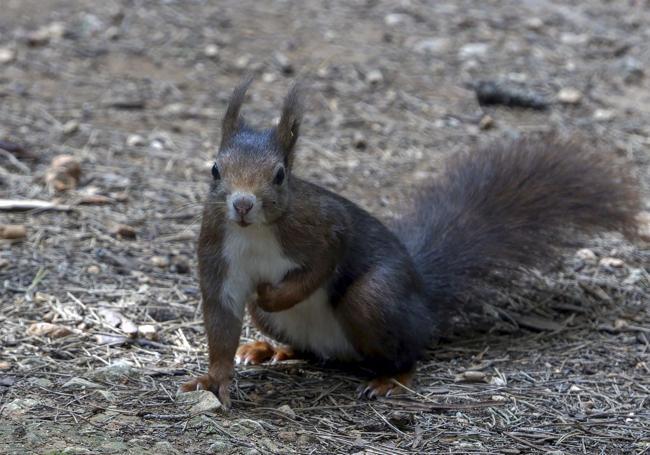
Today this protected area has high ecological value. This large tract of woodland is both a green lung for Malaga city and its surroundings and also a rich ecosystem. Thus, although the pine tree with which a large part of this parkland was repopulated is omnipresent, you can also see other trees and shrubs such as juniper, strawberry tree, carob tree, wild olive tree, cork oak, holm oak and eucalyptus. There are also aromatic plants such as rosemary and other exceptional plants such as the fan palm, the only native palm tree species that grows in Europe. As far as animal species are concerned, the largest mammal here is the wild boar, whose population has increased so much in recent years that it can be seen in the urban environment of the Montes. Squirrels, which were repopulated in the more wooded areas a few decades ago, can also occasionally be seen. Other mammals in this natural area include foxes, badgers, genets and rabbits. As far as birds are concerned, the repertoire is very wide and includes numerous birds of prey, both diurnal and nocturnal. The short-toed eagle, booted eagle, goshawk, sparrowhawk, buzzard, barn owl and tawny owl are just some of them. The best-known reptile is the chameleon.
Archaeological and other historical sites
What is known today as the Montes de Málaga is an area of hills and dales that has been inhabited since the first settlers. In fact, today the dolmens of Las Chaperas are preserved on a hill away from the popular hiking trails. It should also be noted that within the perimeter of the protected area is the valuable site of Peñas de Cabrera, natural shelters where important cave paintings have been found. In addition, in what is now the natural park are the remains of the Mozarabic settlement of Jotrón, now declared an Asset of Cultural Interest. This enclave, located in the western area of the park, even had a castle. There are also traces of another abandoned settlement, that of Reyna, where there are vestiges of a necropolis. Among the historical sites, we must not forget the importance of the San Telmo aqueduct, which still preserves several sections in the Guadalmedina valley. This important example of 18th-century engineering still preserves important sections such as the bridges over the Quintana and Humaina streams.
Where to eat: the ventas

In recent decades, gastronomy has been one of the pillars on which the Montes de Málaga park has based its attraction to tourists. From Fuente Olletas to Colmenar, at the foot of the road, there are currently more than a dozen ventas offering the most traditional dishes of this area. It is not in vain that the famous 'plato de los Montes' has been coined there, although it is also known by other names when it is prepared in other parts of the province. While almost all of these restaurants now have modern facilities, there is no doubt that they still retain their traditional charm. This is especially true of some of the more out-of-town places, such as Venta Galwey, the one with the longest history. Others closer to the Fuente Olletas area, such as the Ventorrillo de Santa Clara, El Boticario or El Mijeño, are also characterised by their how typically traditional they are.
Accommodation
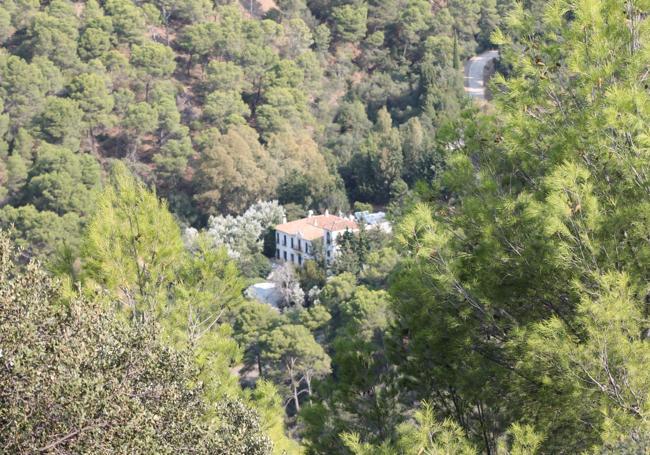
Nowadays there are several options for accommodation to stay within or close to the natural park. There are many rural houses scattered around the protected area. Some of them are even old wine presses that have been converted for tourist use. Moreover, there is also an option for staying in the heart of the natural park, the Humaina hotel, located opposite the recreational area of El Cerrado. This three-star hotel is located in the heart of the forest. Bear in mind that there are two further, possible places to sleep closer to nature in the Montes de Málaga. For one there is the Torrijos controlled camping area. For this, those who want to spend the night here must bring their own tent. Beforehand, with a minimum of 15 days in advance, they must request permission from the Malaga branch of the regional environment ministry as the maximum camping time is two nights. The second option is to sleep in the nature classroom of Las Contadoras where there is a hostel with capacity for 70 guests. It is especially designed for groups and children's camps.

